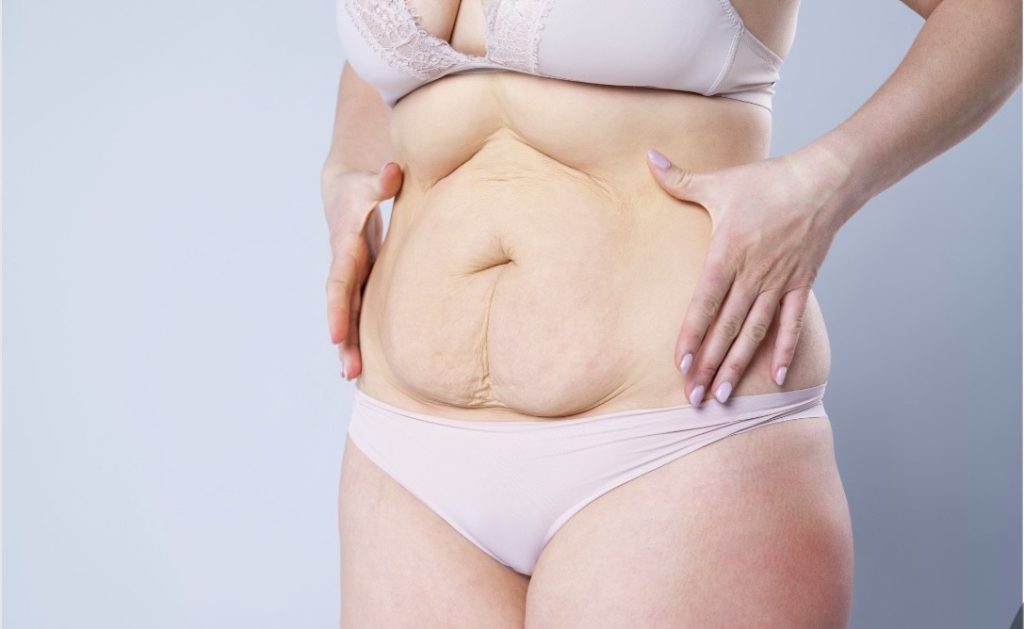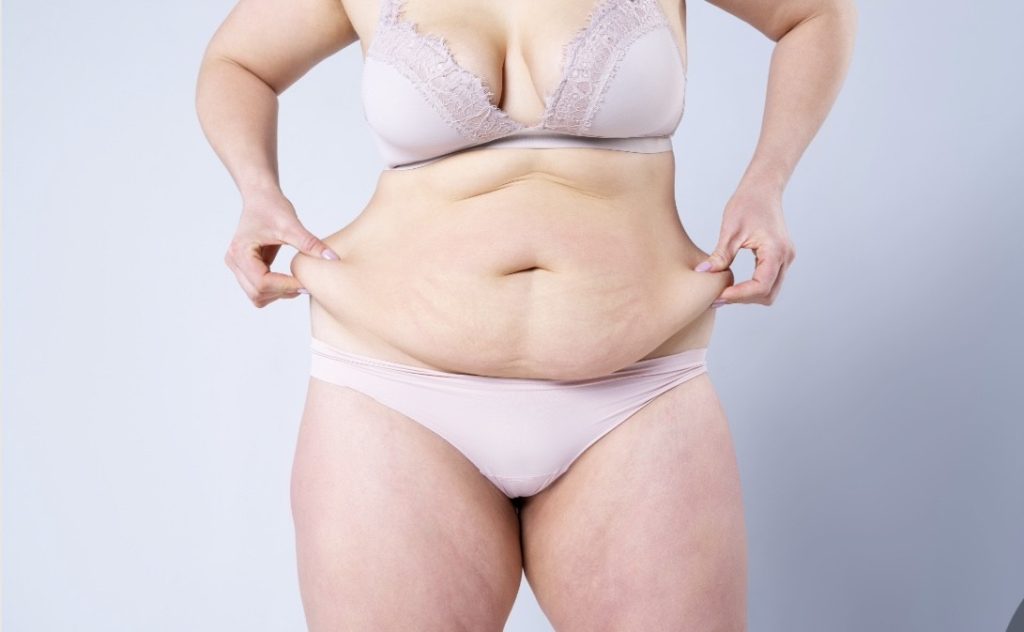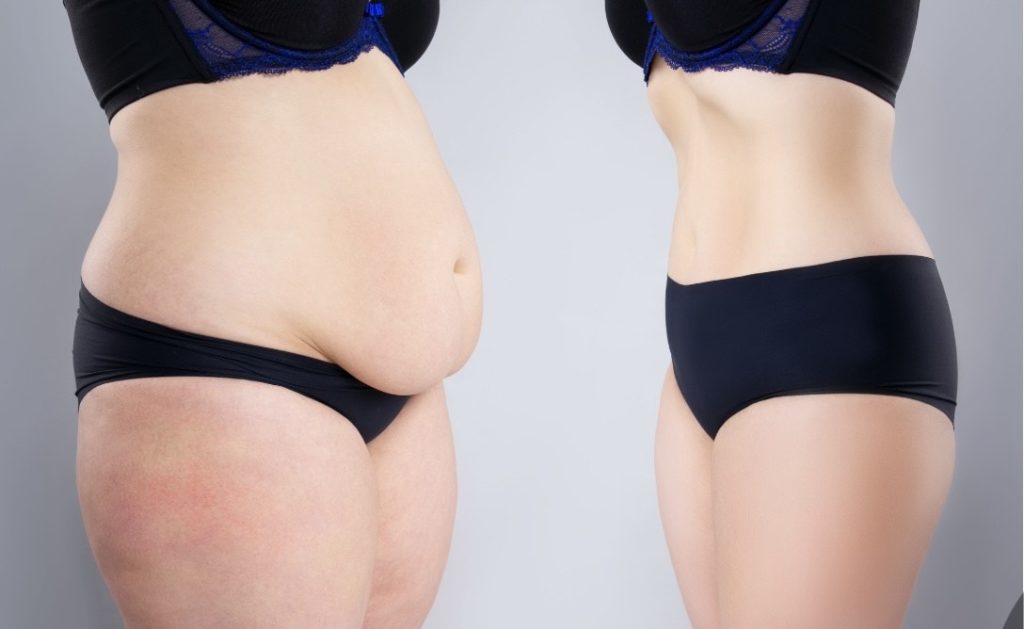How is the REPA Technique Performed?
At Centro PAD, we perform the REPA technique using cutting-edge technology in digestive surgery. The procedure is carried out under general anesthesia and follows these steps:
- Three small incisions hidden in the lower abdomen (pubic area).
- Introduction of an endoscopic camera and fine instruments to access the plane between the skin and the aponeurosis.
- Suturing of the rectus abdominis muscles from the sternum to the pubis, restoring the midline.
- In some cases, a biocompatible mesh is placed to reinforce the abdominal wall.
- Closure of the incisions with aesthetic sutures and placement of a temporary drain if necessary.
Benefits of the REPA Technique
The REPA technique offers multiple advantages over more invasive procedures like abdominoplasty:
1. Functional and Aesthetic Results
- Reconstruction of the abdominal wall without removing skin.
- Firmer, flatter abdomen with no visible scars.
2. Faster Recovery
- Less postoperative pain.
- Discharge from the hospital within 24–48 hours.
- Return to daily life within a few weeks.
3. Comprehensive and Personalized Treatment
- Possibility to treat umbilical or epigastric hernias in the same procedure.
- Combination with specialized physiotherapy to optimize results.


Who is this surgery for?
The REPA technique is especially indicated for:
- Women after pregnancy, with persistent abdominal distension.
- Patients with diastasis following weight loss or previous surgeries.
- People with associated hernias in the mid-abdominal area.
- Patients in good general health without significant excess abdominal skin.
At Centro PAD, we conduct a personalized evaluation to determine if this technique is suitable for each case. We always prioritize safety and effectiveness.
The process at Centro PAD
1. Initial evaluation
- Consultation with a digestive surgery specialist.
- Ultrasound and physical examination to determine the degree of diastasis.
2. Preoperative preparation
- Nutritional recommendations and medical evaluation.
- Support from our physiotherapy team.
3. Surgical intervention
- Surgery in the operating room under general anesthesia.
- Approximate duration: between 1 and 2 hours.
4. Postoperatorio inmediato
- Short hospitalization (24–48 hours).
- Pain control and close monitoring.
5. Recovery and follow-up
- Use of abdominal compression garment for 4 weeks.
- Drain removal within a few days if placed.
- Progressive physiotherapy plan from the first week.
- Return to normal activities in 3–4 weeks and sports in 6–8 weeks.



